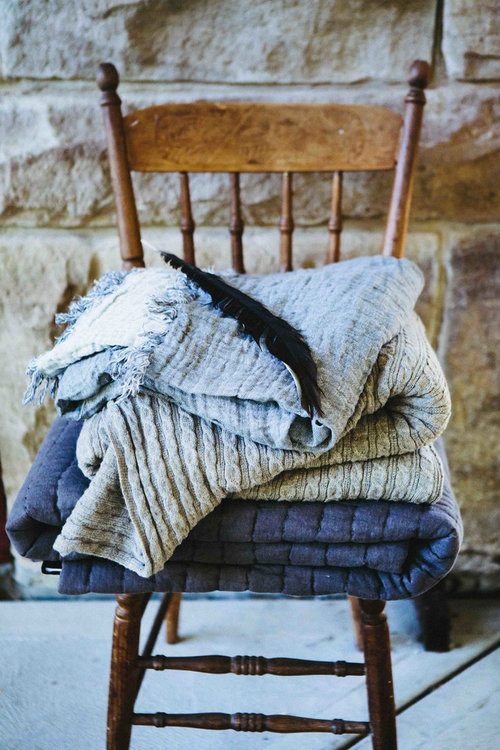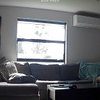Is your home draughty?
Emmeline Westin
7 years ago
last modified: 7 years ago
Yes, it's draughty!
No, it's comfortable
Other - tell us!
Featured Answer
Sort by:Oldest
Comments (15)
Andrew
7 years agoSandra Lawson Interiors
7 years agoRelated Discussions
Styling to Sell to Maximise Your Home's Sales Price
Comments (1)Wow! Good work guys! The room looks amazing....See MoreWould you rent out your home while you're away?
Comments (2)While I can see that some people would find this an attractive offer and some go the extent of swapping homes with people from another country. I would never do it. My house is too precious to me....See MoreWhy should I get a home stager?
Comments (1)Home stagers sound great!...See MoreWhat's your favourite thing about winter in NZ?
Comments (2)Well I do love a great fire at night but I also love the sun the streams into my house on a clear blue sky summers day. I think the contrast of winter helps us appreciate summer even more but then I can also say that winter in Wellington is not that bad and we even look forward to a bit of snow. One of the thrills would be looking at the snow on our local mountain ranges.... a joy that we receive only a few times a year....See MoreUser
7 years agoHelena Markou
7 years agoPam Carey
7 years agoCatherine Lepreux Interiors
7 years agoTidy Towers
7 years agoliz gear
7 years agoSandra Lawson Interiors
7 years agolisa77226
7 years agoFusion interior design
7 years agoJan Johnson
7 years agoliz gear
7 years agoEcoflap
7 years ago





glynisrailton